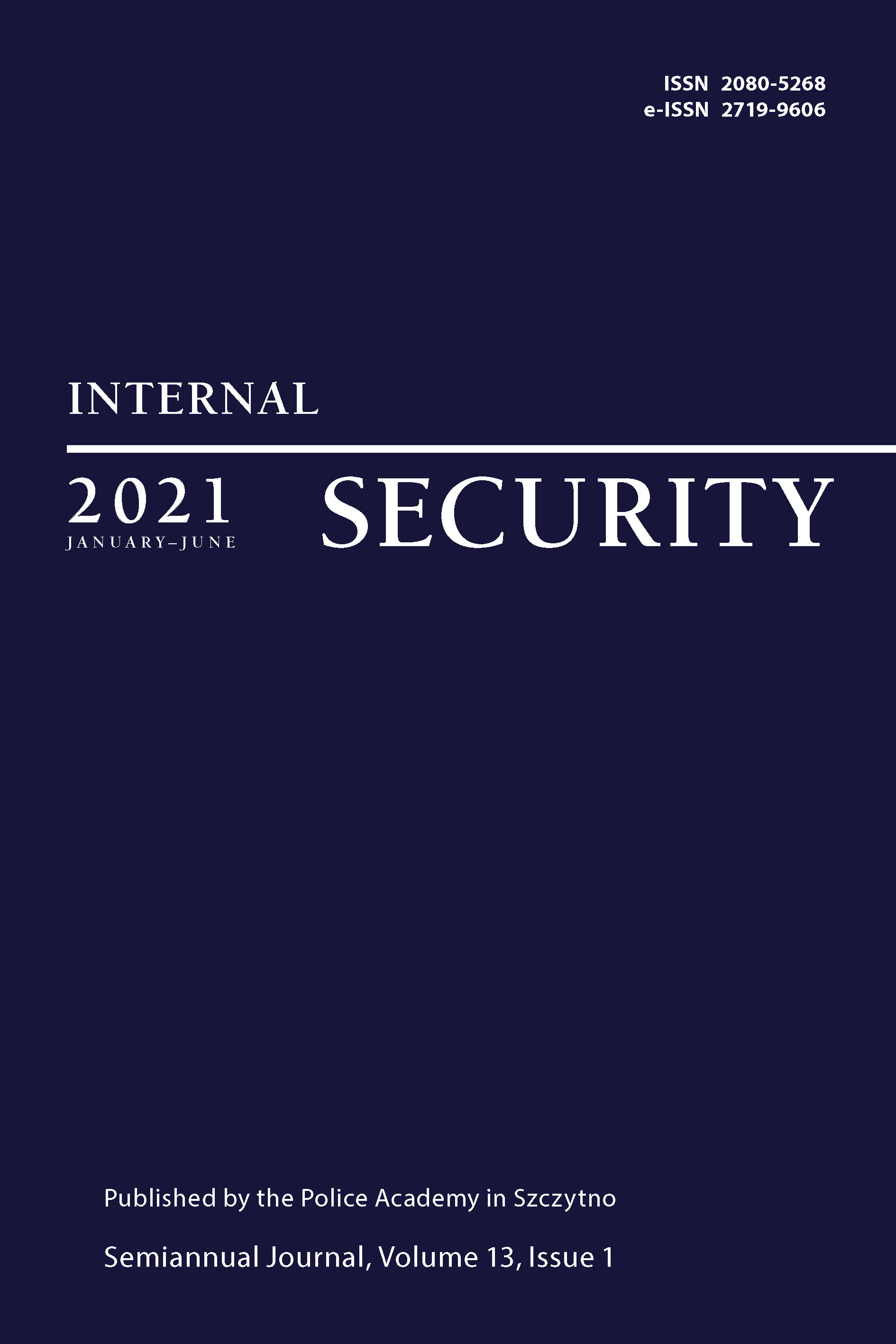Psychology of Terrorism: Intimidation by Destroying One’s Own Life in the Donetsk Basin
Psychology of Terrorism: Intimidation by Destroying One’s Own Life in the Donetsk Basin
Author(s): Sergii Boltivets, Olga OkhremenkoSubject(s): Social Sciences, Law, Constitution, Jurisprudence, Psychology, Sociology
Published by: Akademia Policji w Szczytnie
Keywords: persons prone to terrorism; non-parametric typology; suicide terrorist psychotype; psychopathic changes
Summary/Abstract: The article presents the psychological genesis of terrorism in eastern Ukraine, referred to as the Donetsk Basin, duringthe Soviet era, which resulted from prioritising coal over the lives of Ukrainians affected by famine, executions, evictions andrepression imposed by Russians. The replacement of the ethnic composition of the population by people from Russia led to theformation of a group of colonisers of Ukraine. This required creating an atmosphere of constant tension, fear and criminalisedviolence. As a consequence, the Donetsk Basin has become a favourable environment for Russians and their supporters, who werepotentially prone to terrorist acts, and the most dangerous category of such persons — suicide bombers. The paper describesthe emergence of a wave theory concerning terrorism in Europe, radical movements in Ireland, Macedonia, Serbia, Italy andSpain, as well as the current state of terrorism in Italy, Germany, Japan and many other countries. It covers the first terrorist actof Russia’s hybrid war against Ukraine near the village of Kamyanka, in the Donetsk region, where a checkpoint of the ArmedForces of Ukraine was attacked by a suicide bomber using a minibus loaded with explosives. It was also a place where othersimilar terrorist acts took place and the manifesto of Australian terrorist Brenton Tarrant was distributed in the centre of Ukraineby a terrorist group from the Russian Federation in order to involve prone persons in subversive activities on racial and religiousgrounds. The study was created using a nonparametric typology, based on the analysis of at least two parameters: the nucleiof vulnerabilities (targets of influence) and the features of intrapsychic formations arising under their influence. This allowedidentifying five psychotypes of potential suicide bombers: of a person who has lost emotional connection with the outside world;of a fanatic of faith, associated with the activation of ‘mortido’ — the desire for death; of a fanatic of an idea, which considers thecessation of life as a spiritual transformation, and martyrdom as an integral element of the spiritual path; of a potential suicidebomber associated with extreme manifestations of protest behaviour; persons with psychopathic changes in personality structure.The paper establishes the prevalence of these psychotypes and comparative possibilities of influencing each of them
Journal: Internal Security
- Issue Year: 13/2021
- Issue No: 1
- Page Range: 61-75
- Page Count: 15
- Language: English

